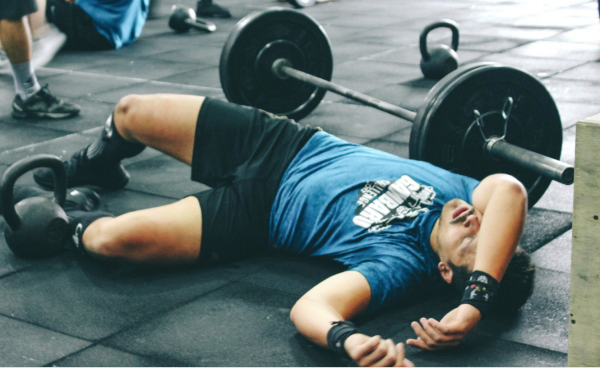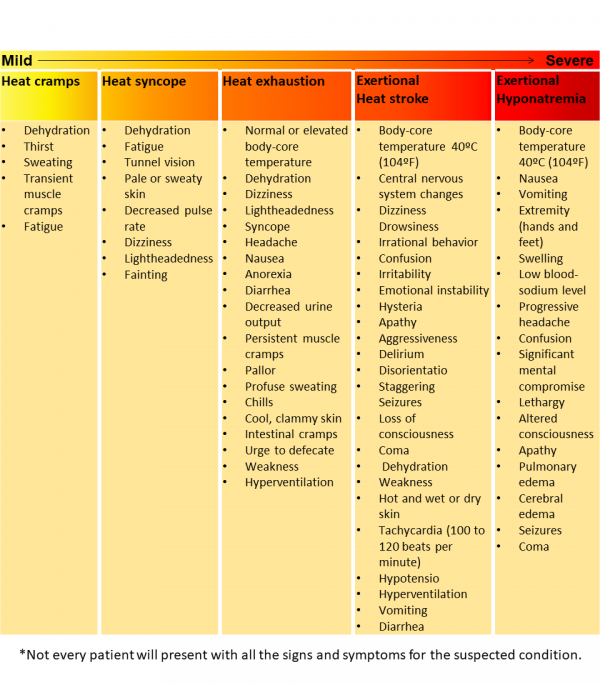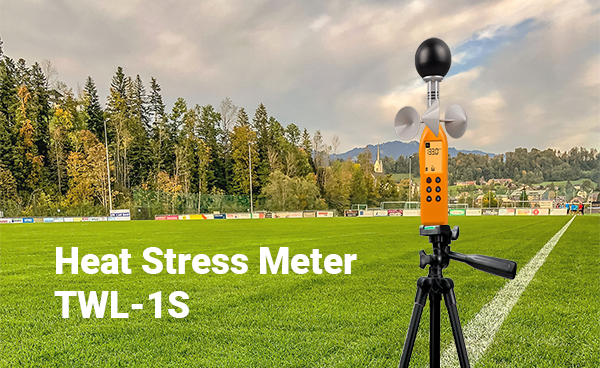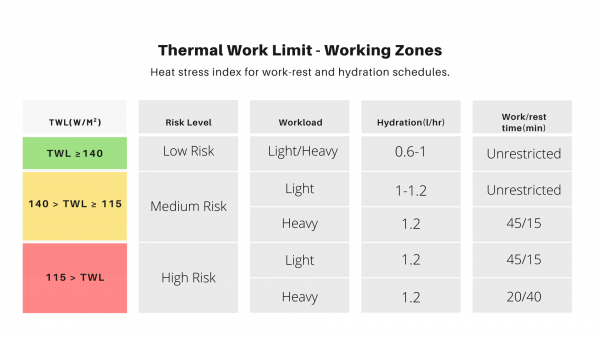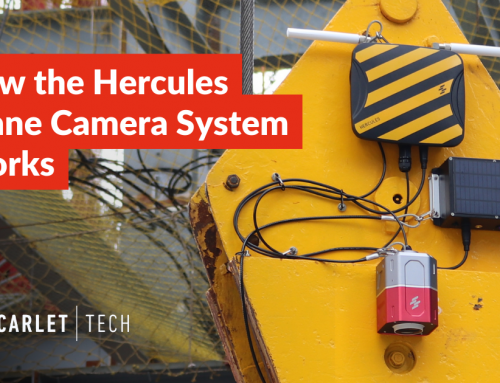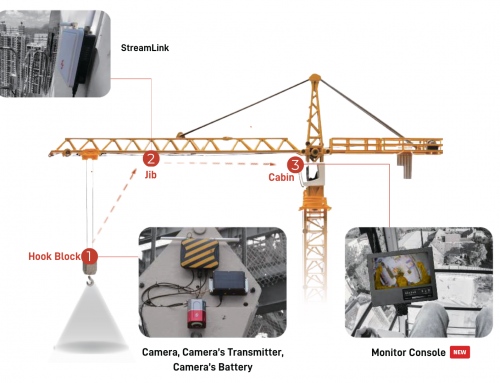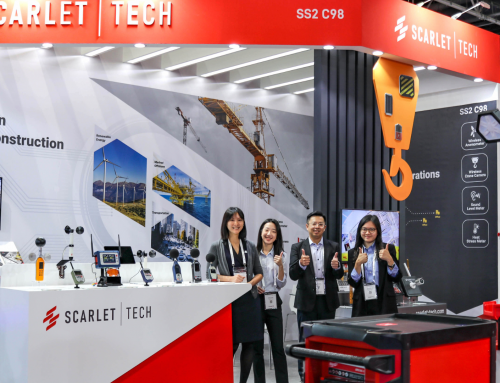Last Updated on
Preventing Heat Stress in Athletes?
Climate change could increase temperatures to danger zones for athletes. Last year a famous Ukrainian marathon runner “Iron Lady”, Kateryna Katiushcheva, collapsed in the 38 °C heat of Ukraine’s Kuyalnik during 2020 Odessa Ultra-Trial 42-mile race, it took 11 hours for rescuers to find her.
She was found alive but in a serious condition and sadly later died from heat stroke and dehydration. A delay in treating heat exhaustion can be fatal. The challenges associated with outdoor and sporting activities during extreme summer weather can not be overlooked.
What is “Exertional Heat Illness”?
Heat-related illness is closely related to physical activity and chances of getting it increases with rising temperature and humidity but can also occur in the absence of hot and humid conditions.
Depending on its level of seriousness, from mild to severe, heat-related illness can be classified into 3 common categories: heat cramps, heat exhaustion, and heat stroke. There are two more heat-related illness; heat syncope and exertional hyponatremia that are lesser known but can also lead to deadly condition.
Here is the signs and symptoms of the heat-related illnesses
Best Way to Monitor Heat Stress Level
Wet-bulb globe temperature (WBGT) measurement is commonly used to monitor weather conditions and check environmental conditions affecting physical performance and the risk of exertional heat-related illness.
However, according to many research and scientific study comparing WGBT and Thermal Work Limit (TWL) Index, it is found that TWL has some more advantage over WBGT including the possibility to take into account physiological change in the body and measure the work/activity and rest cycle.
Unlike WGBT which only takes into account ambient temperature, relative humidity, and radiation from sun, TWL uses more comprehensive environmental parameters into calculation; dry bulb, wet bulb, globe temperatures, and wind speed. It also takes clothing factor to calculate a safe maximum continuously sustainable metabolic rate (W/m2). Hence, no need for calculating the metabolism rate separately, people can get alerted when it is time for work/activity and when to rest according to the heat level of TWL index.
In real world practice, the WBGT is often seen to be too conservative and not practical.
TWL serves as a better index measurement for determining heat-safety level, giving a more realistic and valid heat index.
How to use TWL Heat Stress Monitoring Tool for Sporting Events/Trainings?
As environmental temperature increases, there is an increase in the heat stress on the exercising individual. Scarlet’s TWL-1S Heat Stress Monitor offers an easy and accurate solution to monitor environmental conditions during exercise.
TWL-1S immediately helps you to convert heat stress index into actionable insights by showing; Risk Level, Hydration, and Work/Activity-Rest Timer.
Practical Steps Prevent Heat Stress for Athletes?
Here are some practical steps to reduce the risk of getting exertional heat-related illnesses:
- Educate athletes and coaches about heat-related illnesses and the risks associated with it.
- Conduct a thorough medical screening to identify athletes predisposed to heat illness and those who have a history of exertional heat illness.
- Educate athletes to maintain adequate hydration.
- Check the environmental conditions before and during the activity. Schedule training sessions to avoid the hottest time of the day. If the conditions are ‘‘extreme or hazardous’, postpone trainings or move it to Air-conditioned indoors when possible.
- Adapt athletes to progressively exercise in the heat (acclimatization) over 10 to 14 days.
- Schedule work-activity/rest breaks according to environmental conditions using TWL-1S Heat Stress Monitor
Conclusion
Heat-related illness should not be overlooked. Athletes and coaches should be informed about the potential risk of exercising in the heat and be prepared to avoid heat-related illness.Implementing a proper heat stress management practices using TWL-1S Heat Stress Monitor is helpful in determining the risk level according to the heat condition and translate it into actionable insights; work load, hydration, and work/rest timer that you can immediately act on.

